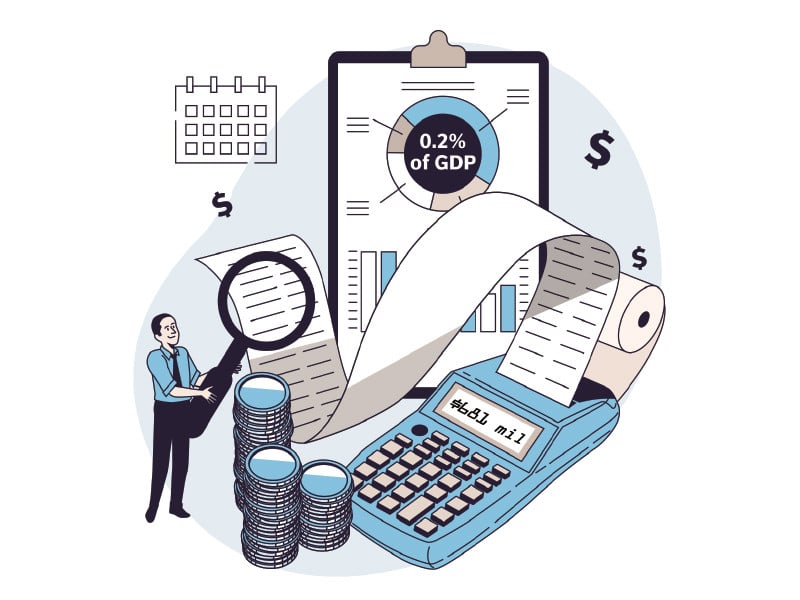By Salman Siddiqui
Published in The Express Tribune on May 10, 2022
KARACHI: Foreign currency inflows on account of Roshan Digital Accounts (RDAs) from overseas Pakistanis have continued to rise, as they surpassed the $4 billion mark in April 2022, despite global political and economic instabilities – including Pakistan.
RDA inflows increased $245 million to $4.17 billion in April 2022, Arif Habib Limited (AHL) reported, citing State Bank of Pakistan’s (SBP) data on Monday.
The inflows stand as a huge support towards stabilising the country’s foreign exchange reserves.
“Had the RDA inflows not materialised the foreign exchange reserves would have decreased to a critical level,” Pak-Kuwait Investment Company (PKIC) Head of Research Samiullah Tariq said while talking to The Express Tribune.
The inflows have helped maintain reserves close to less than two months import cover at $10.55 billion, which otherwise stood at a two-year low level. They were around $17 billion at the start of the current calendar year 2022.
The non-resident Pakistanis (NRPs) have continued to send an average amount despite the deteriorating political and economic situation, particularly in the country, as they anticipate Pakistan to recover from the crisis-like situation soon.
“Pakistan has a history that it faces a balance of international payment crisis time and again amid depletion of foreign exchange reserves,” he said, adding: “However, it has a track record that it has never defaulted on the payments throughout the history.”
The government is likely to meet the International Monetary Fund (IMF) team on May 18 in Doha to complete the seventh review of the domestic economy under its $6 billion loan programme.
The completion of the review would convince the global financial institution to pay the next tranche of around $1 billion to Pakistan. This is expected to be followed by inflows from friendly countries including Saudi Arabia and the United Arab Emirates (UAE).
Overseas Pakistanis have mostly invested the funds – sent home through RDA – into Naya Pakistan saving certificates which were specially designed for them and for those resident Pakistanis who have declared assets abroad.
They have invested two-third (or $2.79 billion) of the total inflows at $4.17 billion into the Naya Pakistan saving Certificates (NPCs) which offer profits in a range of 5-7% in foreign currency denominations depending upon the period of investment like one to three years or so.
The breakup suggested they have invested $1.46 billion in conventional NPCs and another $1.29 billion into Shariah-compliant NPCs.
They have invested another $38 million in shares of the companies listed at Pakistan Stock Exchange (PSX), according to AHL.
“The expatriates are expected to continue investing in Pakistan considering it is their home country, while rate of returns remain comparatively higher than in foreign countries,” Tariq said.
“The RDA inflows are anticipated to reach somewhere between $5.5-6 billion by end of December 2022,” he said.
The State Bank of Pakistan (SBP) launched a range of banking services for overseas Pakistanis through RDA in September 2020, as they also can buy a car and home on bank financing for their relatives in Pakistan.
So far, the non-resident Pakistanis have remotely opened as many as 403,750 RDA at banks operating in the country.
The inflows, which are in addition to huge monthly workers’ remittances by overseas Pakistanis, helped the economic managers to finance elevated trade and current account deficits, Tariq said.
They sent a record high $2.81 billion workers’ remittance in a single month of April 2022. They are estimated to send remittances totaling around $30-31 billion in the current fiscal year 2021-22.
Secondly, if overseas Pakistanis withdraw the funds from RDA in case of need or to relocate to somewhere else around the world, then the outflows would be in small packets rather than in big quantities like they use to be around $500 million, $1 billion or bigger amounts in case of matured Eurobond and Sukuk repayments, he said.






